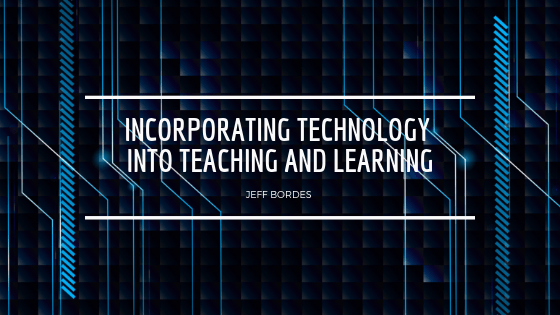Technology has the ability to increase productivity in an educational setting. For both students and teachers, digital learning can help expand lesson plans, classroom strategies and educational opportunities by implementing handheld devices and computers. Incorporating such devices work to improve and expand course offerings, classroom experiences, increase student engagement and motivation for higher learning. Not only does technology benefit student learning, it allows teachers to have a more hands on connected teaching philosophy that includes professional content published by educational programs, resources and systems put in place to help improve and evolve their own personalized learning and teaching instruction.
Virtual learning
There are many opportunities in virtual learning, whether it be dual enrollment, credit recovery or summer school programs, using virtual learning can get students to where they need to be in a productive manner that is beneficial to both the students and schools. Not all schools are equipped to handle honors and IB classes, incorporating virtual learning into schools can allow for students with the ability to excel in these classes the opportunities to take them online and receive college credits, along with support needed to succeed in a higher level educational setting.
Full-time online schools
There are students who are more prone to excel outside of a brick and mortar school, making full time online schools extremely valuable in the public school agenda. Whether it is for learning and behavioral disabilities, or other circumstances that take kids out of a school setting having an accredited online school can be beneficial. You aren’t cheated out of educational opportunities and lessons can be created specifically for student needs and student success.
Blending learning
Incorporating both face to face lessons and online learning can improve not only efficiency in the classroom but test scores. This accommodates student diverse learning abilities and allows for the educator to teach from different perspectives and levels all at once. Blended learning allows for the teacher to explain a subject matter, and then give students the ability to practice online at their own pace. This has the potential to accelerate learning for some students and reduce the cost of instructional materials in classrooms that are usually not covered by the public school tax. These programs come in district, school and state operated curriculum and can fit the needs of the individual. Carpe Diem Collegiate High School offers hybrid learning in Arizona and caters to both computer assisted instruction and onsite teaching facilitators. This new hybrid model allows for students to progress and move on as they began to master educational skills.
Open educational resources
Teaching, learning and research sources are available in the public domain and can be easily accessed by anyone over the web. This is why incorporating technology into teach and learning is such a positive change in the future of education. Having access to digital libraries and lesson can benefit educators while they prepare lessons and dive into curriculum. Open educational resources can also come in the form of videos created by other educators and podcasts. This changes the dynamic in the classroom and gives students another form of learning that they may not be accustomed too. As with any other educational source it is critical that open resources meet the standards of accuracy, integrity and quality.
